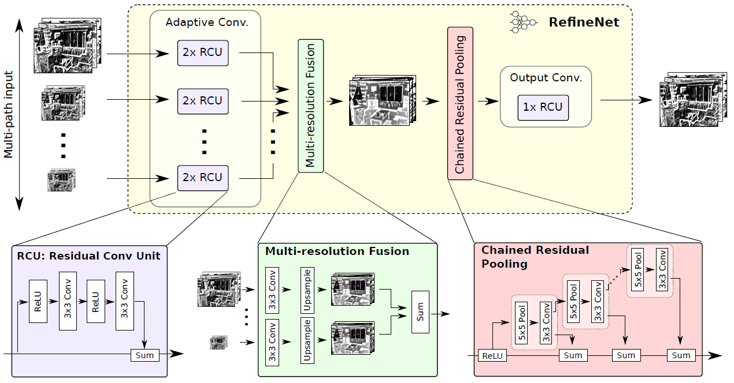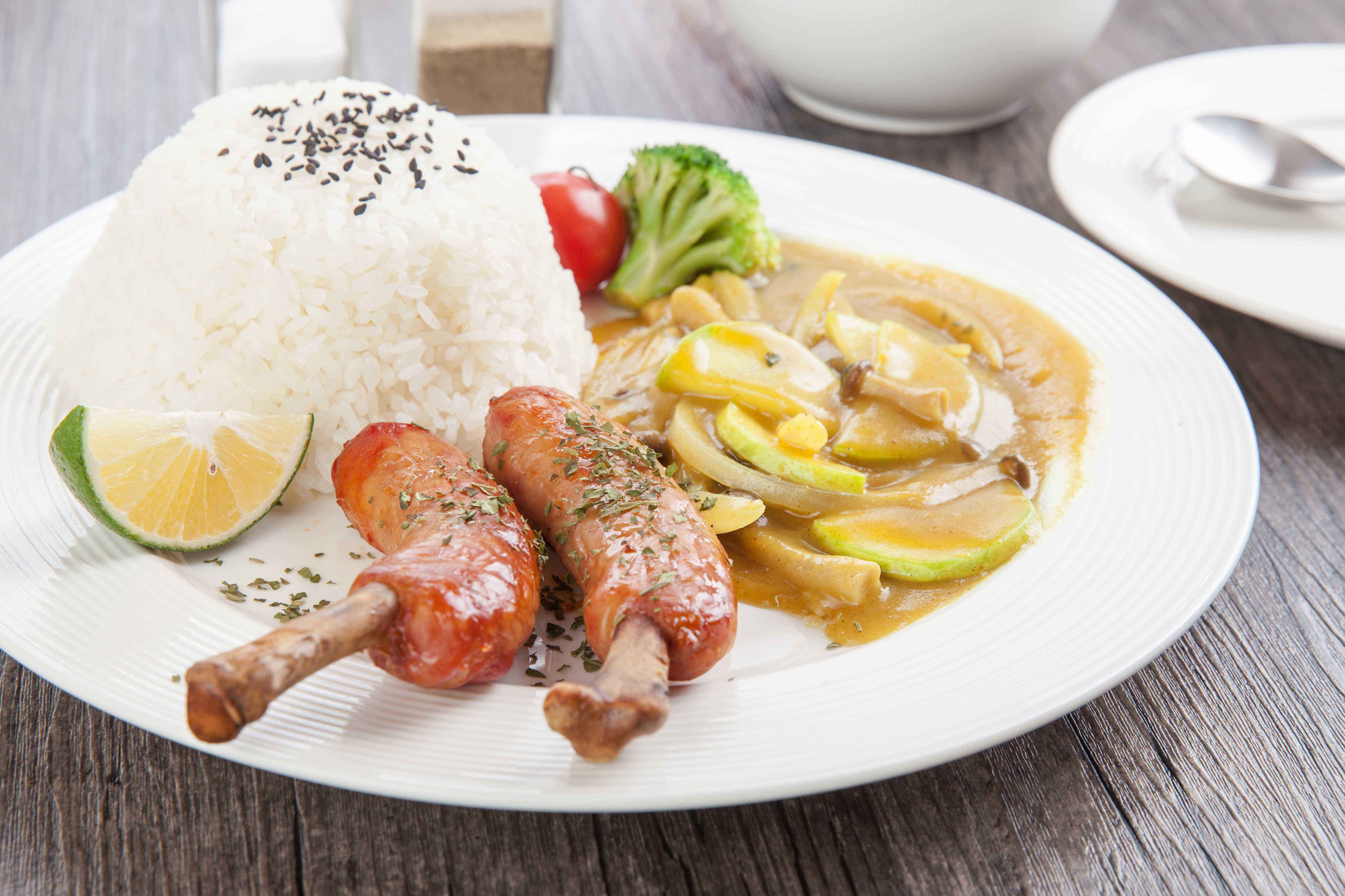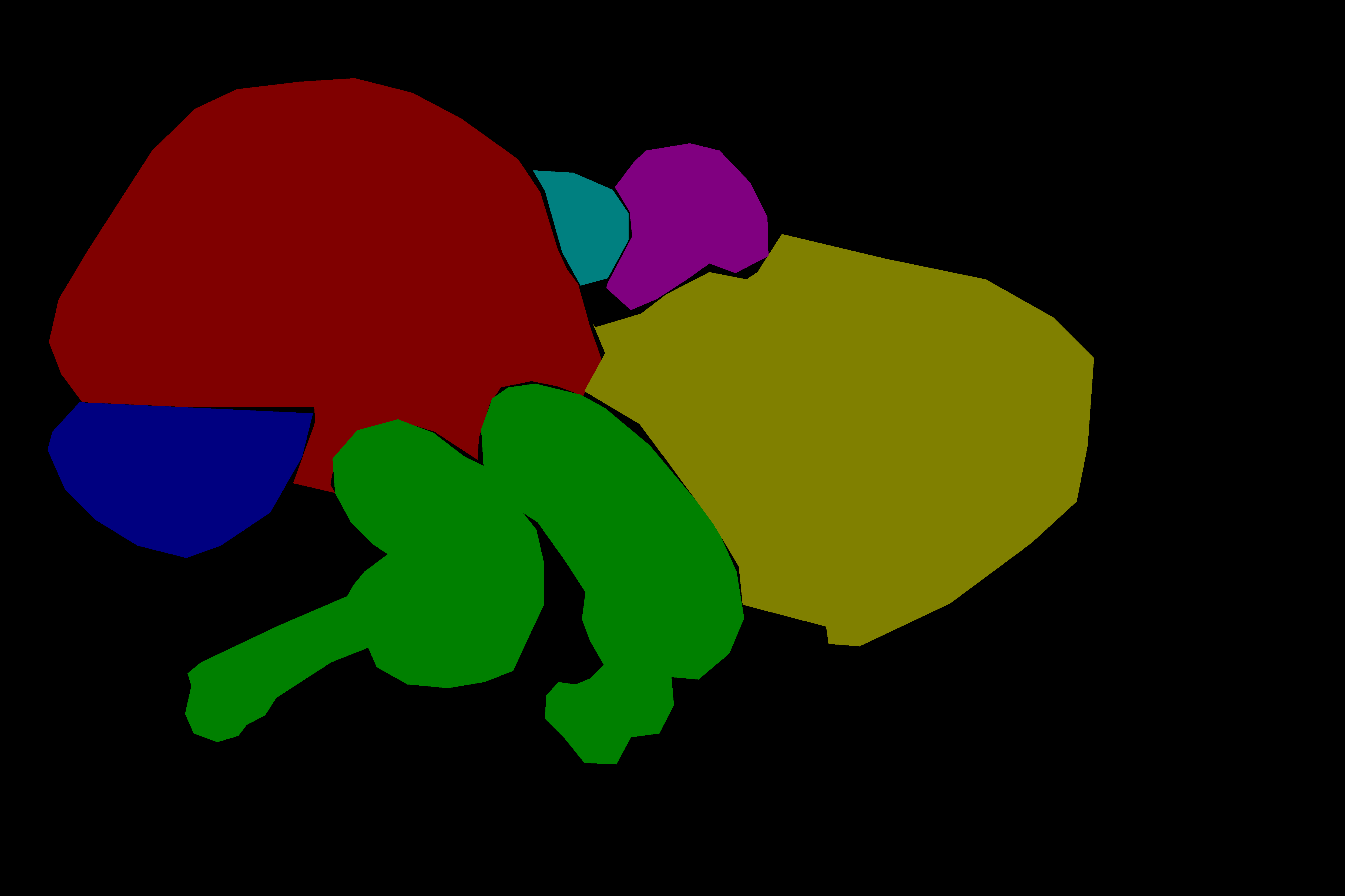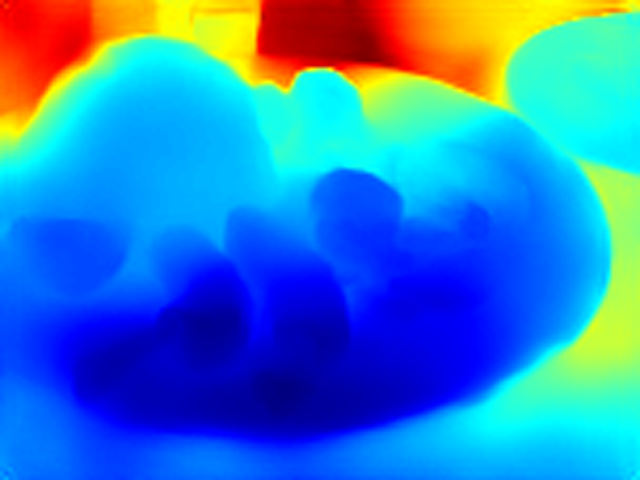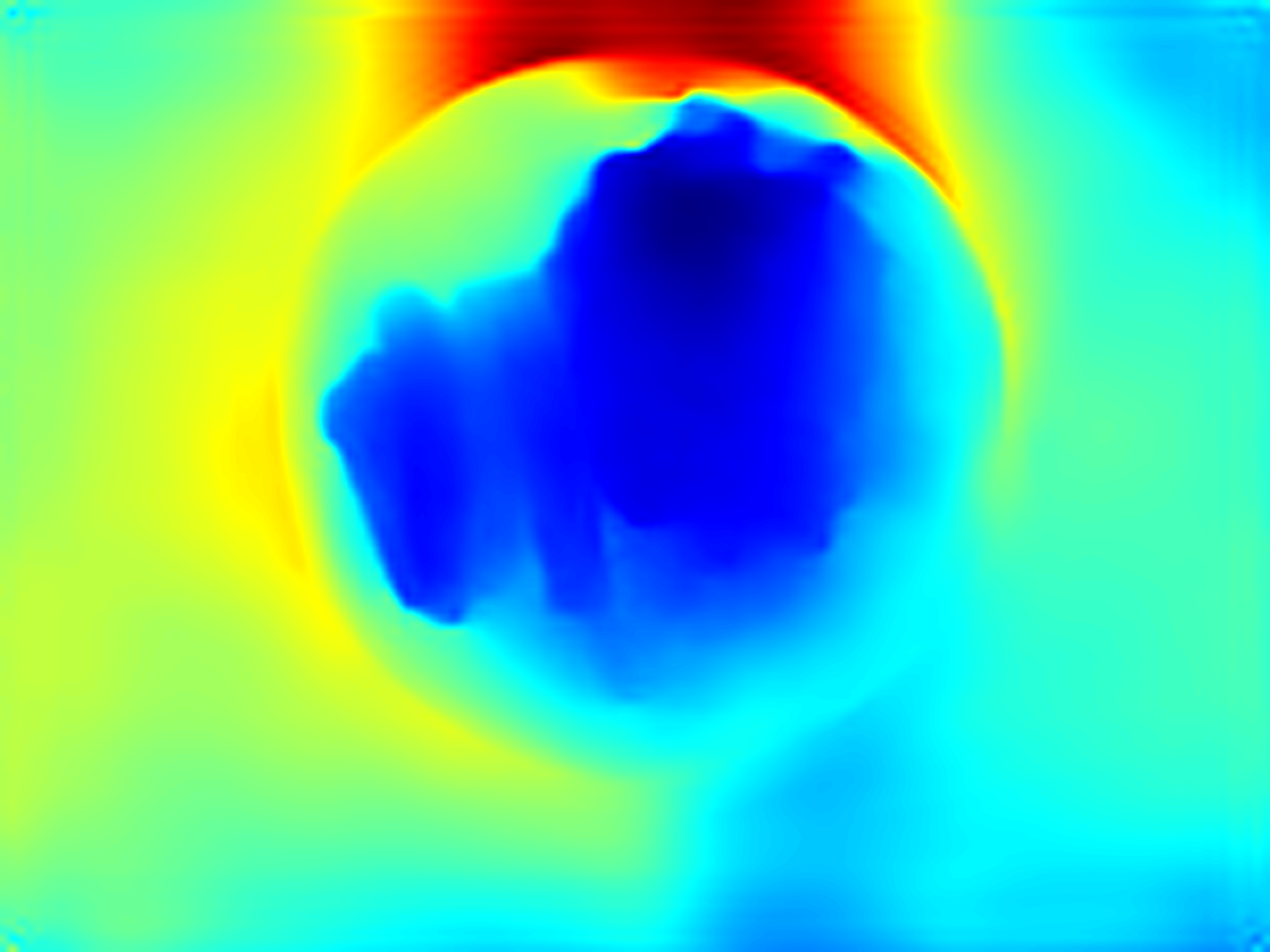End-to-End Multi-view Supervision for Single-view Food Volume Estimation
This is the code for Digital Image Processing course project in 2018 Fall to explore food volume estimation, maintained by Kaiwen Zha and Yanjun Fu.
Overview
End-to-End Multi-view Supervision for Single-view Food Volume Estimation
Food Detection
We conduct food classification on Food-101 dataset (also on Recipe-1M dataset) by finetuning on pretrained Inception-Resnet-V2 models, where training on multiple GPUs in parallel is enabled by tower loss scheme.
Dependencies
-
Python 3.5
-
TensorFlow 1.8.0
-
Numpy
-
Scipy
Dataset Preparation
Here, we take Food-101 dataset as example, and we also conduct classification on Recipe-1M dataset with similar procedures.
-
Download and extract the Food-101 dataset
mkdir dataset cd dataset curl http://data.vision.ee.ethz.ch/cvl/food-101.tar.gz tar -xzf food-101.tar.gz cd ..
-
Convert the dataset into TFrecord files for easily feeding into data pipeline
cd src python3 convert_dataset.py --tfrecord_filename=foods --dataset_dir="../dataset/food-101/images" cd ..
Training Phase
- Download Inception-ResNet-V2 pretrained model
- Run the model training phase
python model.py --model=pretrained-inception-resnet-v2 --dataset=../dataset/FOOD101/images
Evaluating Phase
- Run the model evaluating phase
python evaluate.py --model=[Pretrained checkpoint] --dataset=[Evaluating dataset]
Segmentation Mask
We use RefineNet to segment different food portions from the input image, where we utilize the model pretrained on PASCAL VOC 2012 dataset considering that there is no existing large food segmentation dataset, and then we finetune the model with our manually annotated segmentation samples.
Dependencies
- Python 3.5
- TensorFlow 1.8.0
- Numpy
- OpenCV
- Pillow
- Pickle
Training Phase
- Convert training data into TFrecord
python convert_pascal_voc_to_tfrecords.py- Run the model training phase
python RefineNet/multi_gpu_train.pyEvaluating Phase
-
Download the pretrained models from here
-
Put raw images in demo/ and run the following script to get masks (set the color map first)
python RefineNet/demo.pyResults
Volume Estimation
Firstly, we leverage state-of-the-art single image depth estimation method proposed by Hu et al. to produce the depth map of an input food image. Due to the lack of existing RGBD food image dataset, we use the model pretrained on NYU-Depth V2 and obtain relatively promising results. Then, after doing system transformation, with the prior knowledge about the plate diameter, we estimate the volume of each food portion combining with segmentation mask.
Dependencies
- Python 3.6
- Pytorch 0.4.1
- Numpy
- Matplotlib
- Pillow
- Scipy
- Json
Preparation
- Download the pretrained model from here, and put it on the same directory as the code
Demo
- If you do not want to use your own images, run the following script
python demo.pyFor the image and segmentation json in the /input folder, the model will produce the colorized depth map out_color.png, the gray depth map out_grey.png, segmentation image mask.png, and the volume estimation out.txt in folder /output.
- If you want to add your own images, run the following script
python demo.py --img /path/to/your/img --json /path/to/your/json --output /path/to/output
Note that you need to add segmentation json file (with the same format as labelme annotation) for the image in folder /input, and modify the color maps between food types and colors in mask.py.
Depth Estimation Results
Volume Estimation Results
- Demonstration
- Top Left: Raw input image
- Top Right: Segmentation image
- Bottom Left: Grey depth map
- Bottom Right: Colorized depth map
- Volume
Volume:{'rice': 340.0309850402668, 'vegetable': 65.82886736721441, 'chicken': 188.60914207925677} unit: cm^3Contributors
This repo is maintained by Kaiwen Zha, and Yanjun Fu.
Acknowledgement
Special thanks for the guidance of Prof. Bin Sheng, TA. Yang Wen and TA. Siyuan Pan.
